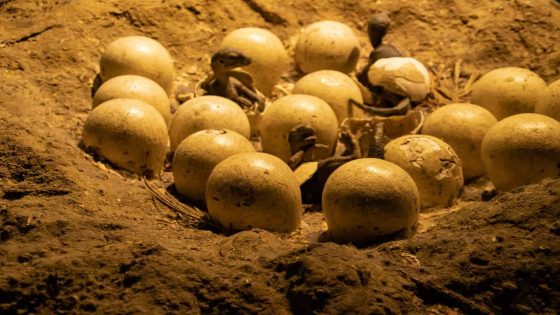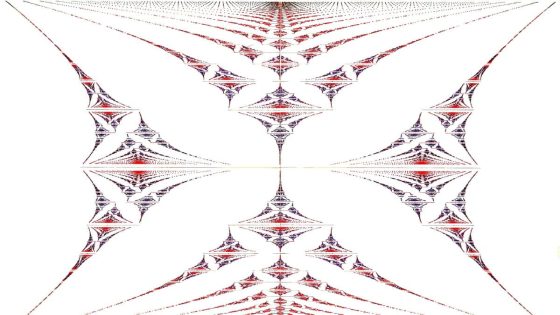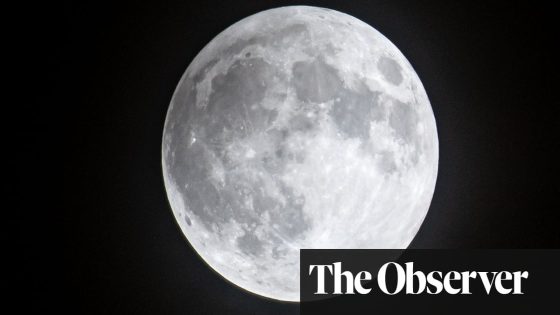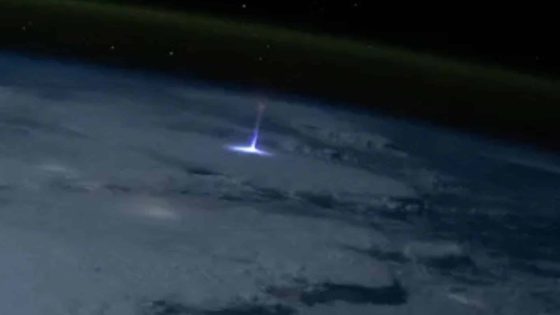A remarkable discovery has been made: a 70-million-year-old dinosaur embryo found inside a fossilized egg. This find, announced on February 18, 2025, offers a rare glimpse into the development of dinosaurs, raising intriguing questions about their connection to modern birds. How did these ancient creatures prepare for hatching? What secrets does this embryo hold?
- 70-million-year-old dinosaur embryo discovered
- Fossil found in Missouri, rare preservation
- Embryo shows similarities to modern birds
- Mystery surrounds why it never hatched
- Insights into dinosaur reproductive behaviors
- Importance of ongoing paleontological research
Uncovering the Secrets of a 70-Million-Year-Old Dinosaur Embryo
This extraordinary find raises questions about the behaviors of dinosaurs before they hatched. What does this embryo reveal about their lives? The fossilized egg, discovered in Missouri, is a treasure trove for paleontologists.
Insights into Dinosaur Development and Hatching Behavior
The discovery of this embryo sheds light on the intricate development of dinosaurs. It was found in a region that was once a prehistoric coastline, which helped preserve the egg for millions of years. This fossil offers a unique opportunity to study:
- The curled posture of the embryo, similar to modern bird embryos.
- Potential behaviors dinosaurs may have exhibited before hatching.
- The evolutionary link between dinosaurs and birds.
- Environmental factors that may have prevented the embryo from hatching.
Understanding the Evolutionary Link Between Dinosaurs and Birds
The position of the embryo inside the egg reflects behaviors seen in modern birds, such as tucking. This suggests that dinosaurs may have exhibited bird-like behaviors even before birth. Researchers are excited to explore how these findings can deepen our understanding of dinosaur reproduction and growth.
The Importance of Continued Paleontological Research
This discovery emphasizes the need for ongoing paleontological research. As excavation techniques improve, scientists are likely to uncover more fossils that can provide insights into prehistoric life. Each find adds to our understanding of how dinosaurs lived and evolved into the birds we see today.
In conclusion, this 70-million-year-old dinosaur embryo offers a rare and invaluable glimpse into the past. As researchers continue to study this fossil, it will undoubtedly inform our understanding of dinosaur life and their fascinating connection to modern birds.

































